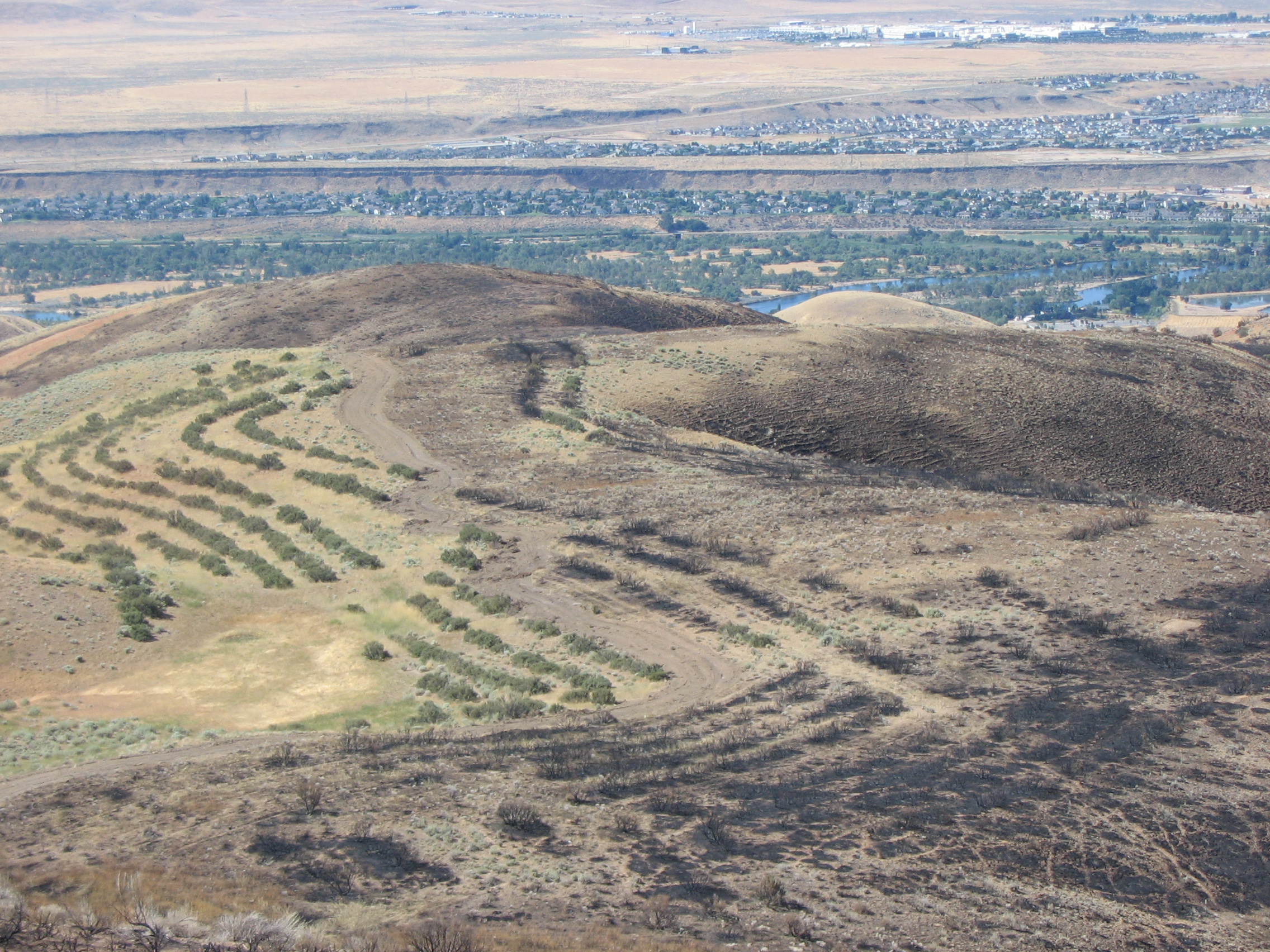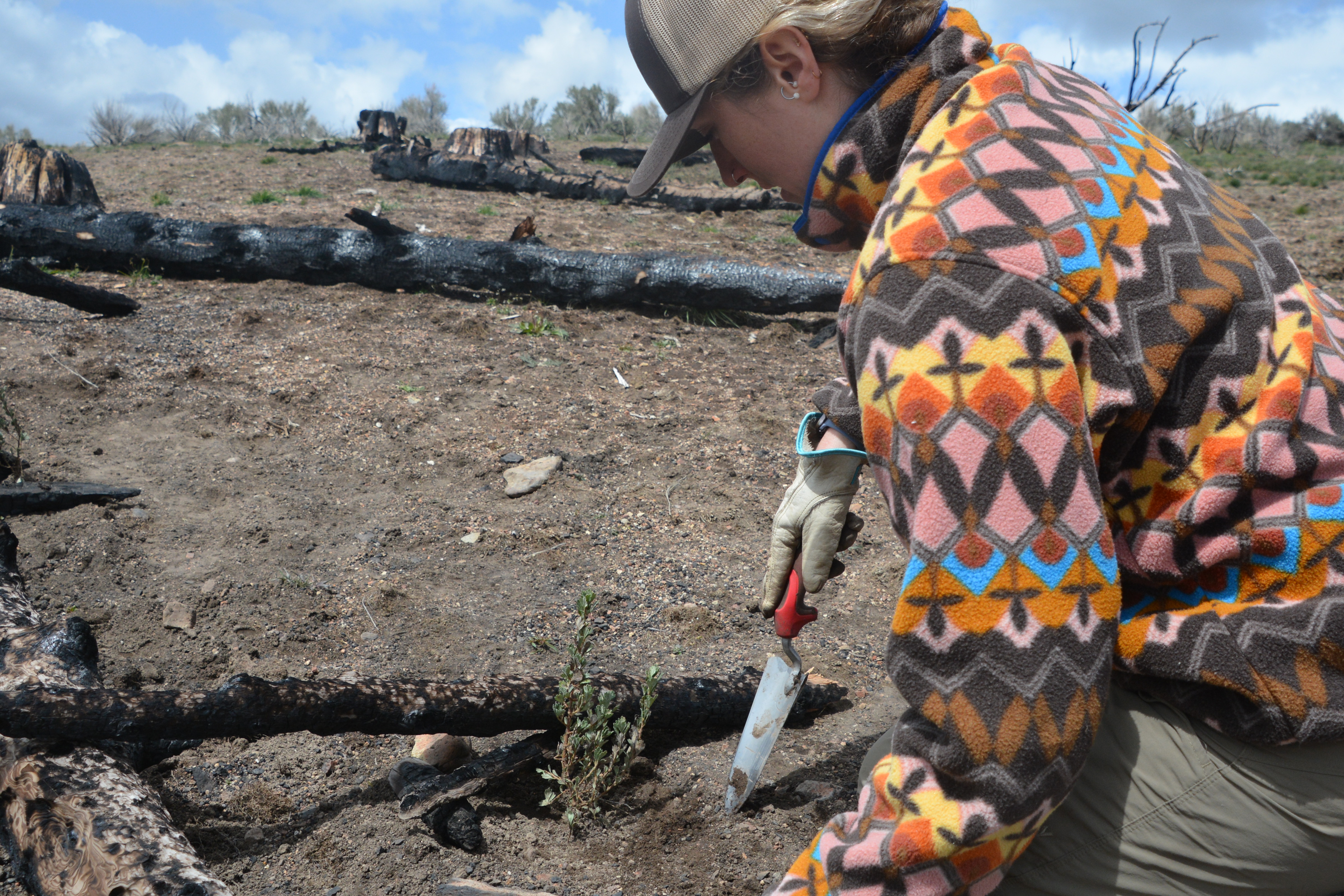During the morning of Sept. 22, yet another wildfire sprung up on Idaho’s dry and fire-prone wildlands, this time burning a portion of Idaho Fish and Game’s Boise River Wildlife Management Area (WMA) and neighboring lands near Lucky Peak. The wildfire—dubbed the Three Point Fire—was quickly contained and extinguished, but not before torching over 750 acres of important wildlife winter range.
And the crappy part? It could have easily been avoided had a couple of hikers made better decisions about how to dispose of their toilet paper.




